Kyoto
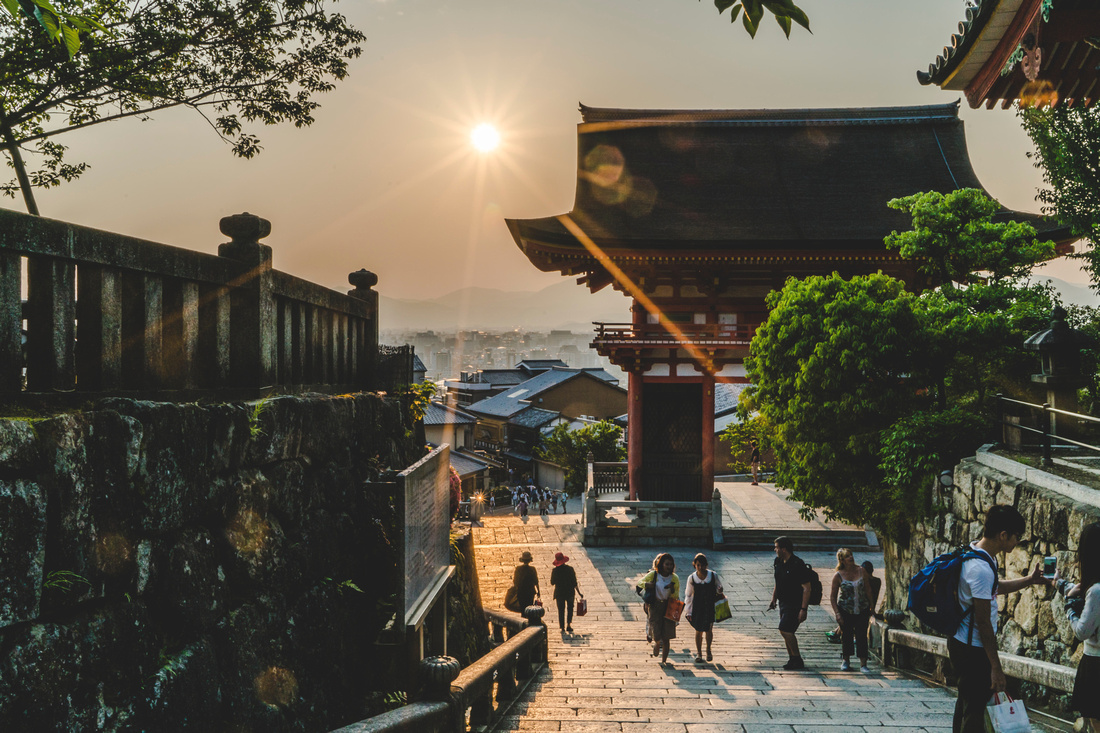
 Kyoto Factoid: The home of the Emperor is considered the capital. So between 794 and 1868, the Emperor resided in Heian-Kyo, which is now modern day Kyoto. After 1868, the capital was moved to Tokyo.
Kyoto Factoid: The home of the Emperor is considered the capital. So between 794 and 1868, the Emperor resided in Heian-Kyo, which is now modern day Kyoto. After 1868, the capital was moved to Tokyo.
So much has been written about Kyoto and its temples. A stark contrast to the dizzying neon lights of Tokyo, a city that seems to be the opposite of the capital. It's refreshing that such a city exists. If your planning to visit Japan, no doubt you will visit both Tokyo and Kyoto, its a must anyhow. You will see the difference between the two. Things in Kyoto are taken in a more relaxed manner than Tokyo, the only semblance you will see is in Kyoto Station during rush hour or when trains pull up. The hordes of people somehow make the station come alive.
The other interesting thing I didn't know about Kyoto, it largely escaped Word War 2 bombs because it was not included in the American invasion plans. There were talks of dropping the Nagasaki bomb on it, but the Secretary of War vetoed the idea, and so the Imperial City of Kyoto has more pre-war buildings than most other Japanese cities taken together.
Here are some facts about Kyoto in no particular order
-
Easily reached from Tokyo in about 3hrs via the bullet train
-
It is part of the Kinki region which includes Osaka and Kobe
-
It has several hundred Buddhist temples and Shinto shrines, a castle , three palaces, beautiful parks and gardens
-
Most outstanding monuments according to people are the Imperial Palace, Nijo Castle and Katsura Imperial Villa
-
The Heian Jingu though only erected in 1895 to commemorate the 1,100th anniversary of the founding of Kyoto is the most impressive being based on the old Imperial Palace.
-
The Yasaka Shrine founded in the 7th Century is dedicated to Susa-no-wo, the patron deity of Kyoto.
-
It is regarded that some of the Kyoto's Buddhist's temples are considered to be the finest in all of Japan.
-
Ryoanji, founded in the 15th Century, famous for its rock garden, designed by Soami under Zen inspiration.
-
The Kyomizu-dera, which was founded about 800 but with present buildings mostly of the 17th century, offers a panoramic view of the city.
-
The original name of Kyoto was Heiankyo meaning Capital of Peace.
For my 2012 trip to Kyoto, I stayed in the Ryokan Shimizu, which as a 5 minute walk from Kyoto Station. For my 2016 trip to Kyoto, I stayed in the Yoshimizu Ryokan which is located in the woods at the top of Maruyama-koen Park, surrounded by by maple and bamboo trees, its a perfect spot to come back to to chill and relax.
Saiho-Ji-Temple (Kokedera Moss Temple)
I had come across this temple through photos I had seen online and read a few articles about it. What I wasn't aware of, was that you can't just turn up and see it, but rather you had to make a reservation to visit. The way you do this is to send your request by postal mail to the temple with your name, how many of you will be attending, name and adress of the main group contact, the proposed date of when you want to visit, and not forgetting a self stamped addressed envelope or postcard. It's recommended that you do it at least 7 days before your visit, but I would advise to do it a few months (if you can, that's what I did).
The temple address is:
Saihoji Temple
56 Jingatani-cho, Matsuo
Nishikyo-ku, Kyoto, 615-8286, Japan
The admission fee of 3000 yen per person is paid at the time of the visit.
If you live in Japan, you can obtain a special return postcard called an ofuku hagaki is available from the post office for exactly these purposes. But if your an overseas visitor (like me) you have a few options. One being using an international reply coupon which can be found in most post offices around the world. Second you can use this site who can take care of the difficult reservation process for you. They charge at time of writing 2200yen on top of the 3000yen you will have to pay at time of visit. The third option which I used was I asked my travel agent to organise it for me. The lovely people at InsideJapan Tours organised my whole Japan trip and also took care of reservations at Saiho-Ji Temple for me.
Before you actually get access to the gardens, visitors are taken in where they pay their entrance fee and are seated at one of many low writing desks. A monk would then lead into the room in sutra chanting and its only then the copying begins. The whole process takes up to an hour. For those not able to sit down, they do have chairs available. If all this sounds challanging such as writing for an hour, its not! Copying the sutra is relatively easy, as a tracing of the Japanese characters is given to guide those without knowledge of Japanese calligraphy. I found the whole process really therapeutic . When a visitor is done copying the sutra they take it to the alter, offer a prayer and its only then that you are allowed into the moss garden. It's one thing to see it in photos and hear people talk about it, but its something else seeing it in person. Such a magnificent sight. I'd seen some impressive Japanese gardens but this one was something else. It was like stepping into a magical world. I knew it to be real as your eye would notice gardeners tending to the gardens, other than that, as your walking through, you seem to loose yourself in it.
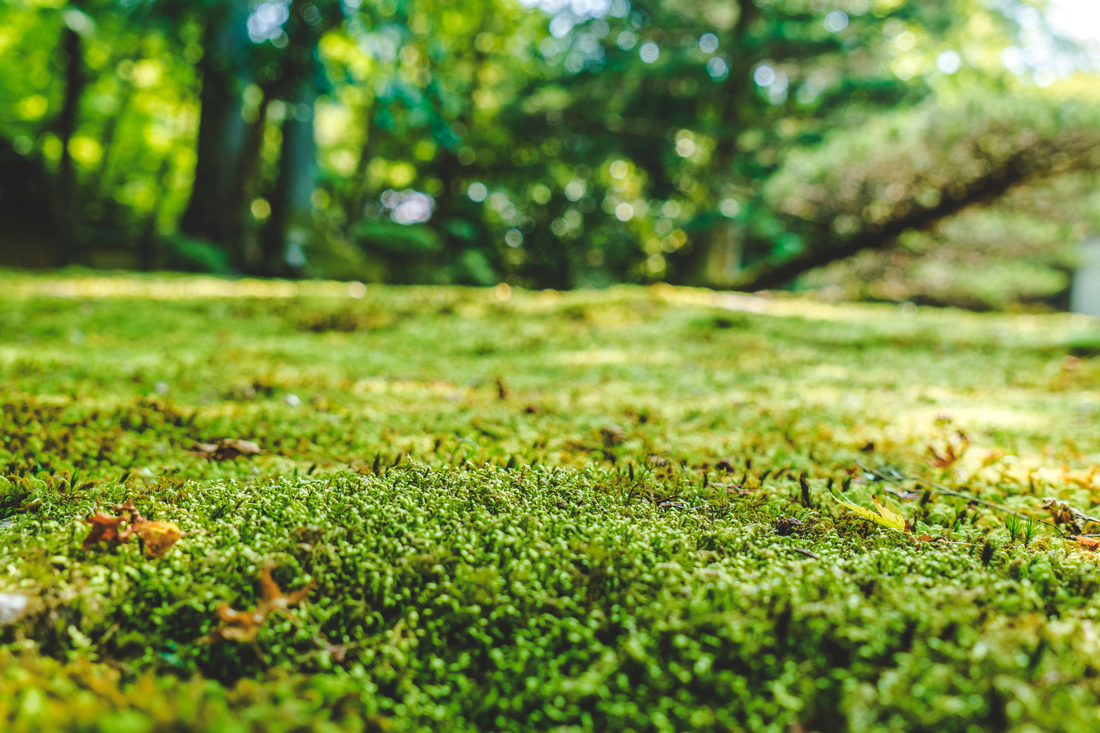

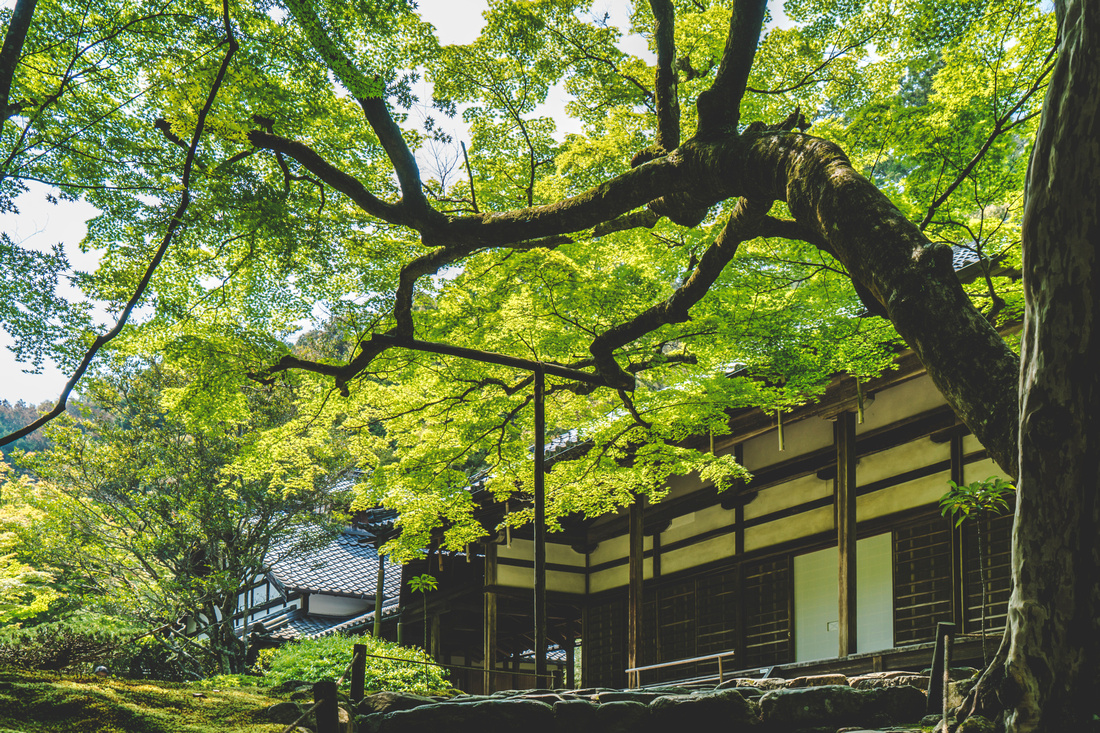

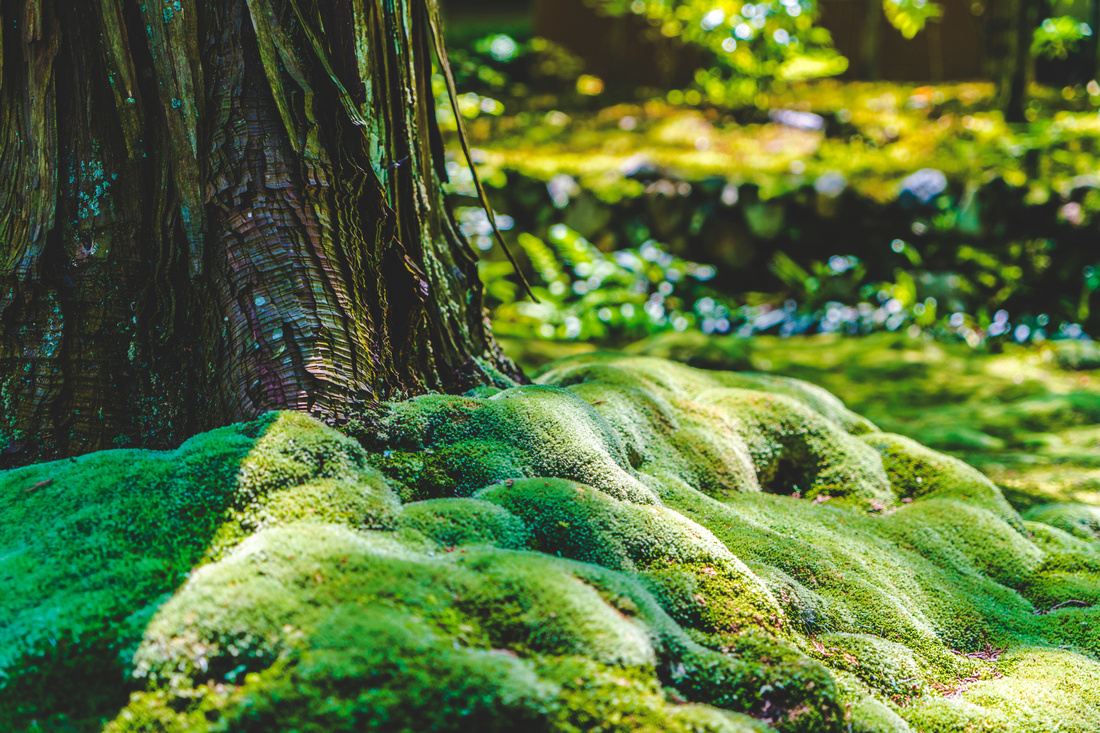

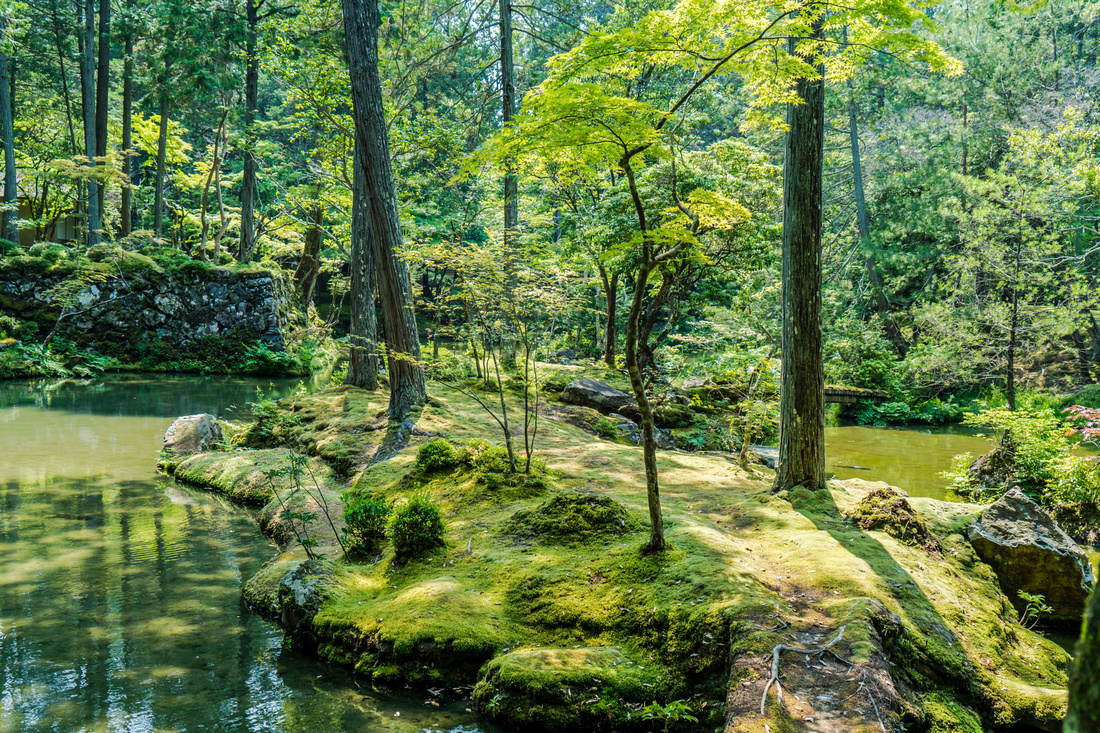

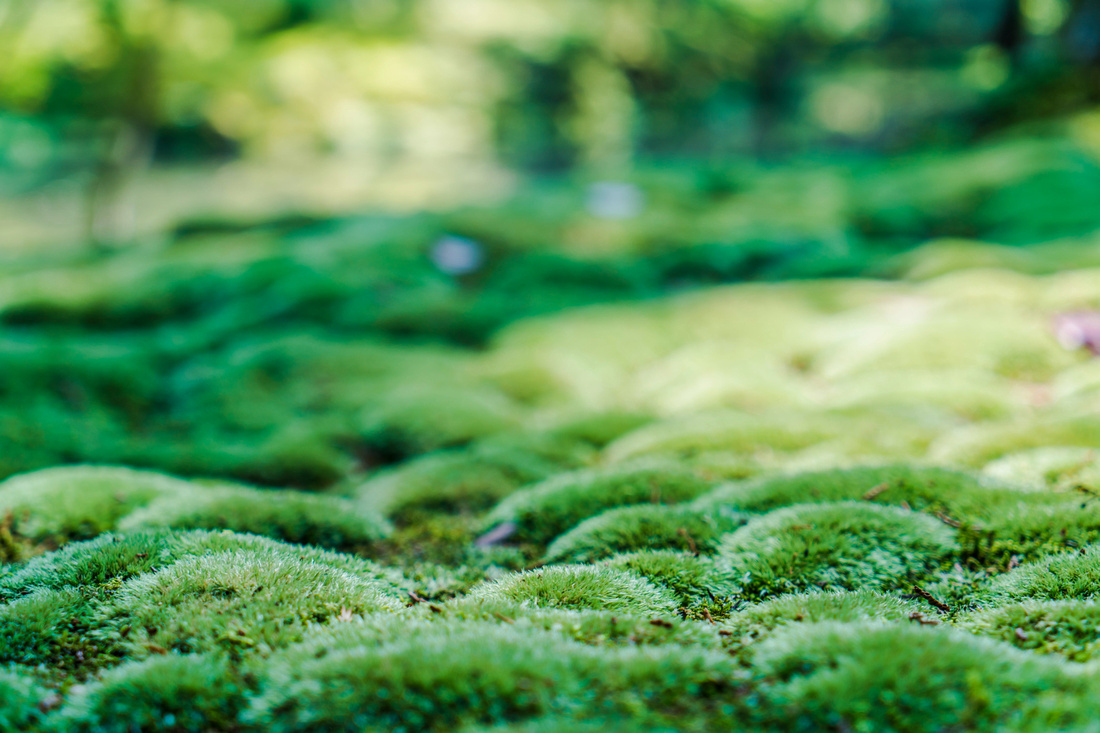

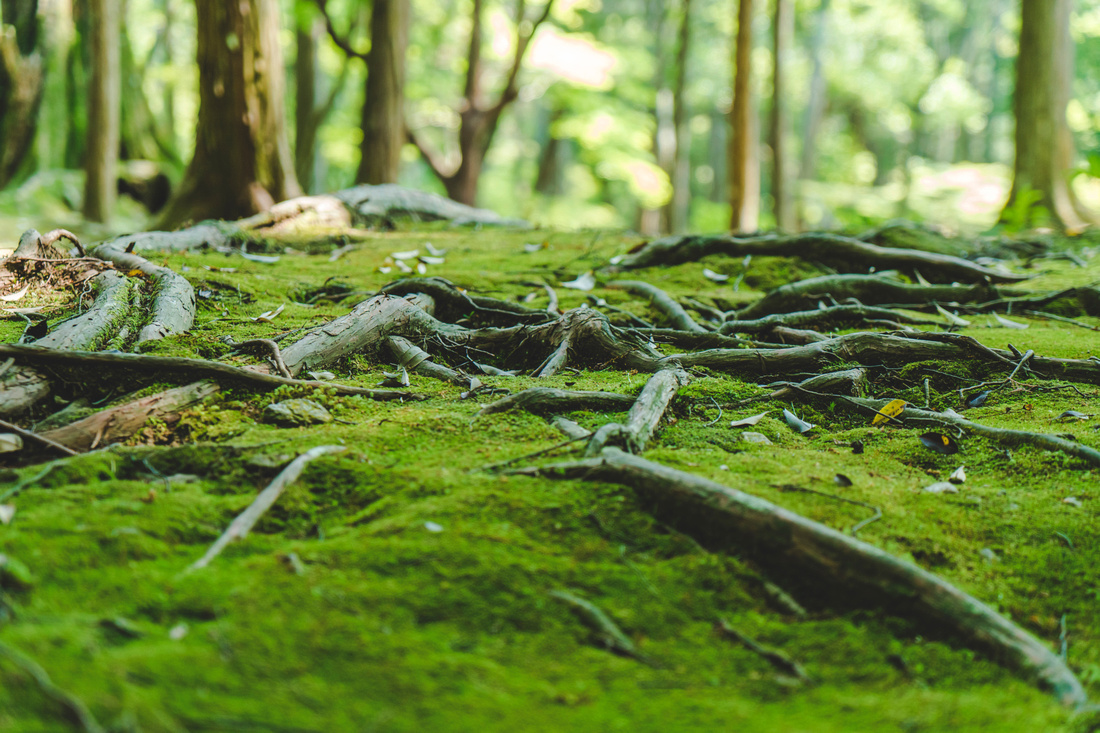

Chion-in Temple
Chion-in is the head temple of the Jodo sect of Japanese Buddhism, which has millions of followers and is one the the most popular Buddhist sects in Japan. You will see from a distance that the temple is pretty grand in design and when you get closer, it only magnifies how grand it is. When entering through the san-mon gate, pause to reflect to skills needed to build this amazing gate, seeing the complex joinery is somewhat amazing.
For those wanting to visit, please be aware that Chionin's main hall, the Miedo Hall, is undergoing a major renovation work that fully started in 2012 and will most likely last until March 2019. During the renovation works, the hall is covered by a large scaffolding structure and closed to visitors. The Honen Shoin Mido Hall is used for the main ceremonies, instead. So do bear this in mind if you are planning to visit
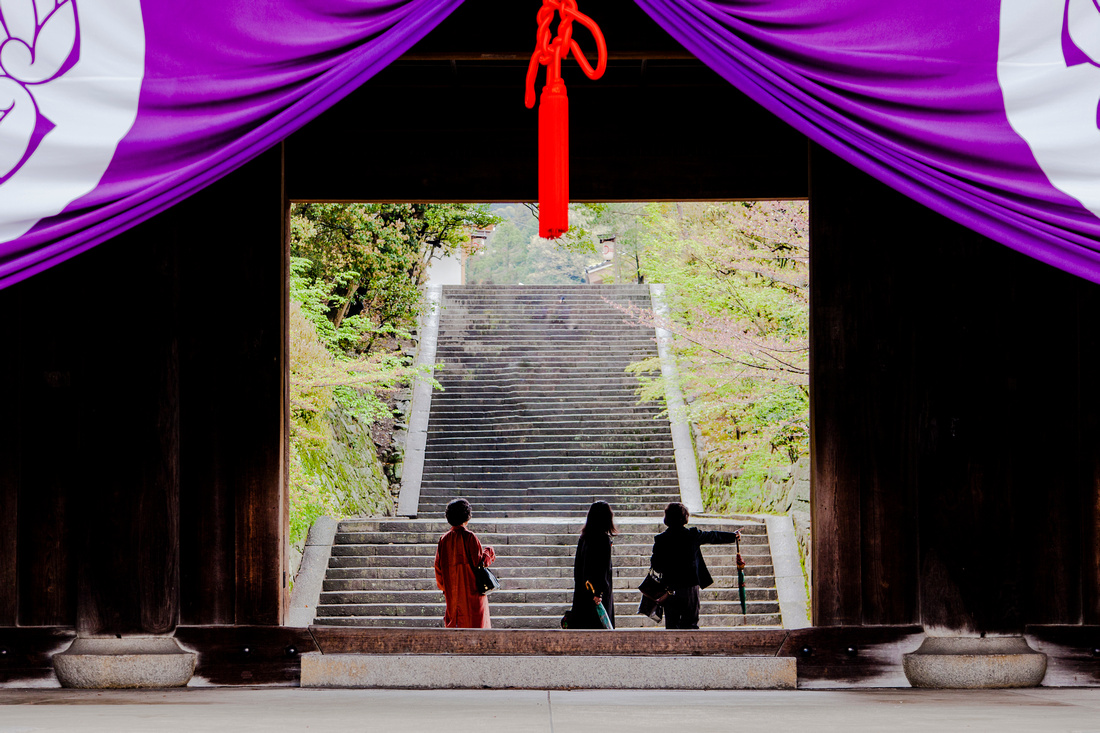

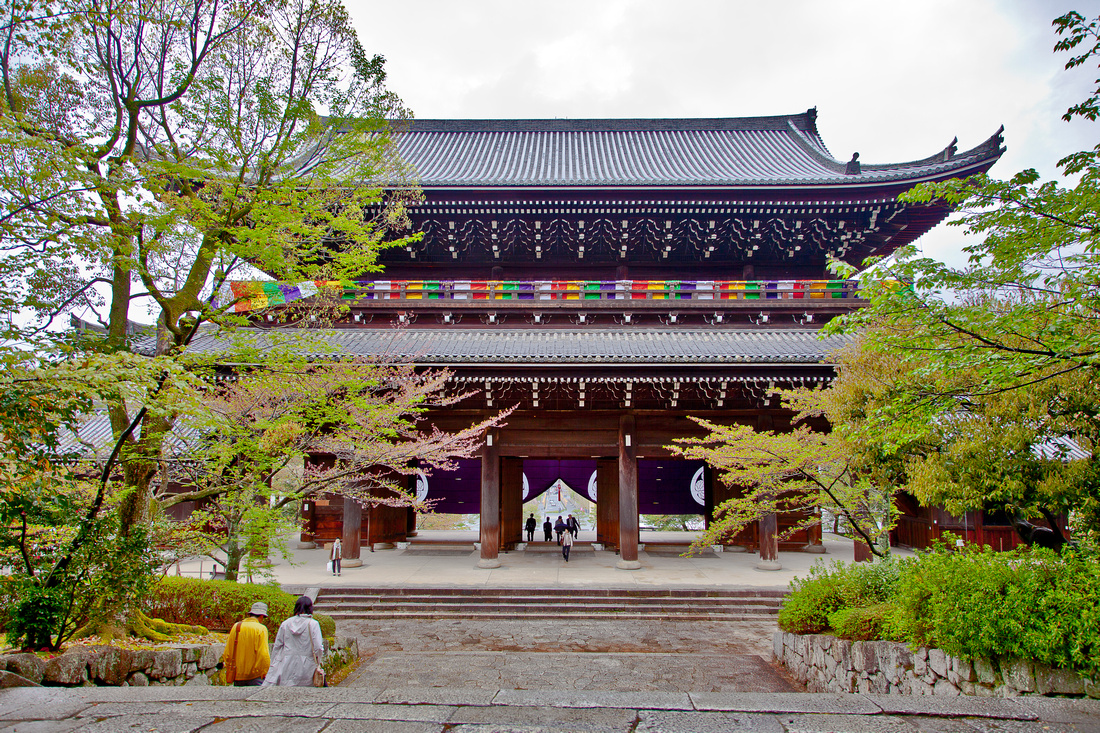

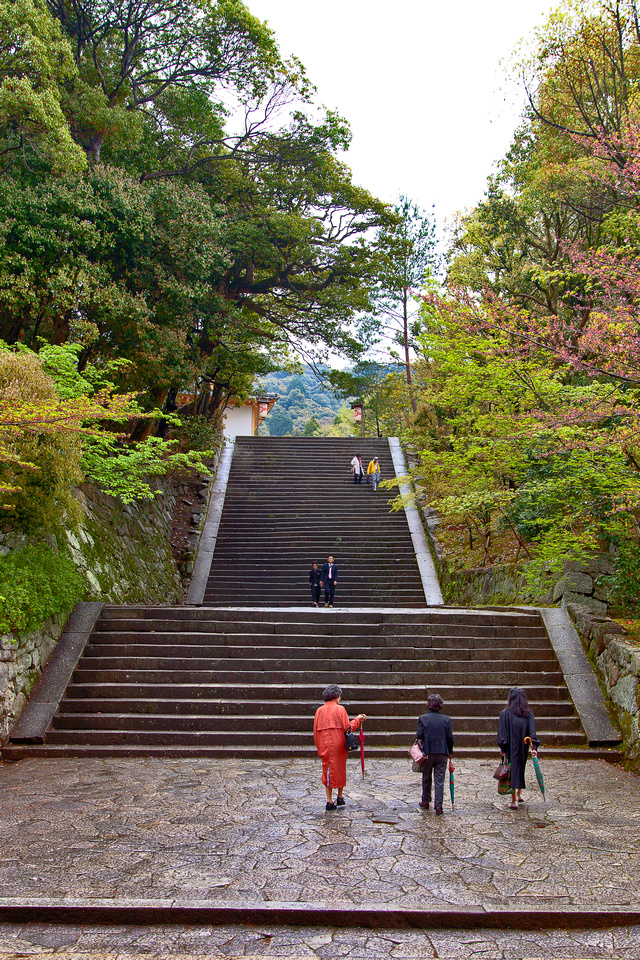

Kinkakuji
Kinkakuji aka The Golden Pavillion is one of those temples in which you have to see it to believe it with your own eyes. The top two floors of the temple is completely covered in gold leaf and if you manage to visit on a nice day, with blue skies and rolling clouds, what you will see is something truly stunning! The temple is built overlooking a pond which adds to the visual impact of it.
The temple was the retirement villa of the shogun Ashikaga Yoshimitsu, and after his death it became a Zen temple. The temple itself is the only building left of the villa as it has been burned down several times through its history. The present temple was rebuilt in 1955.
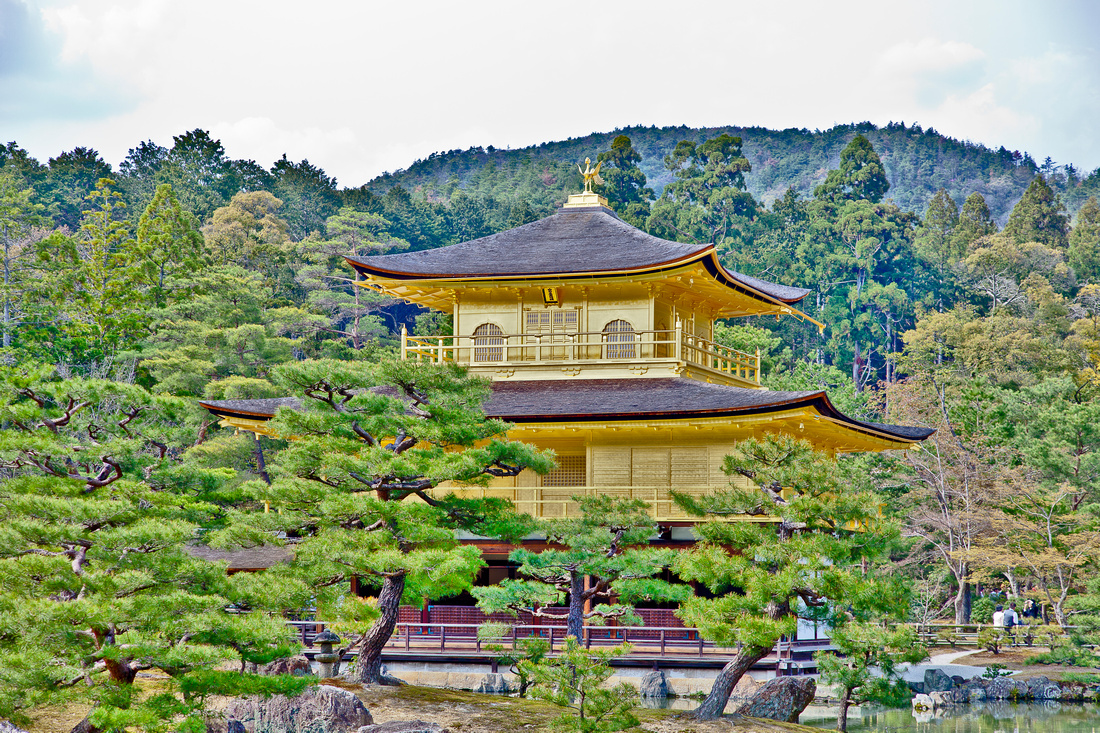

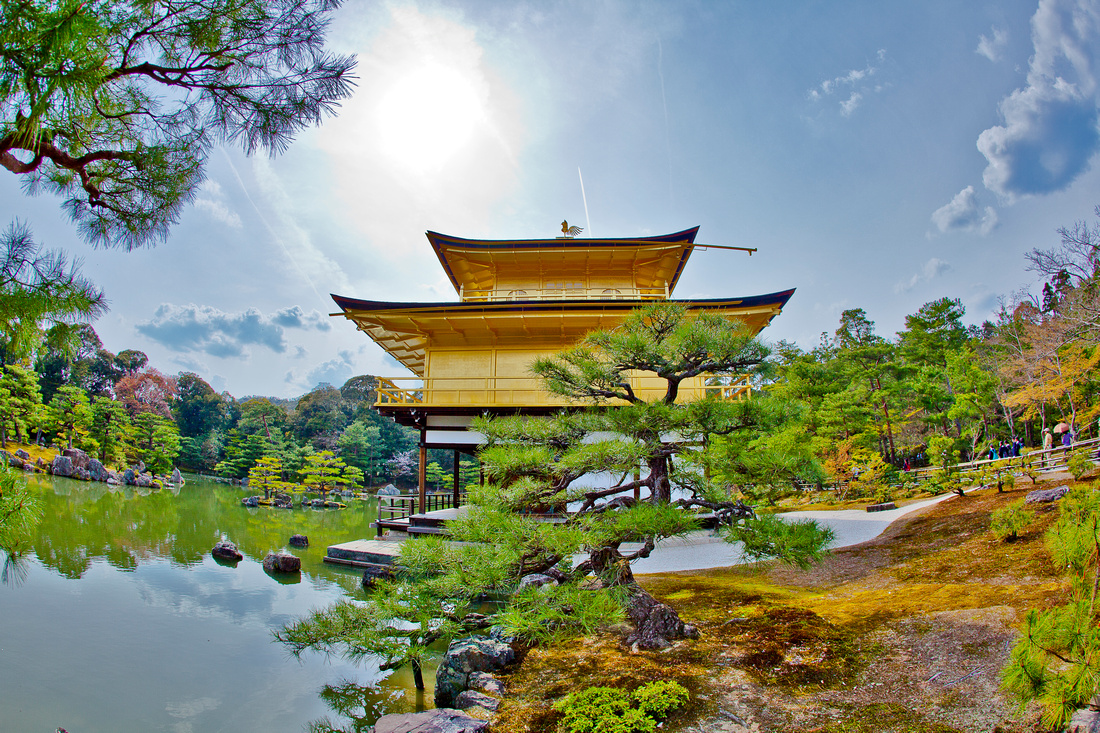

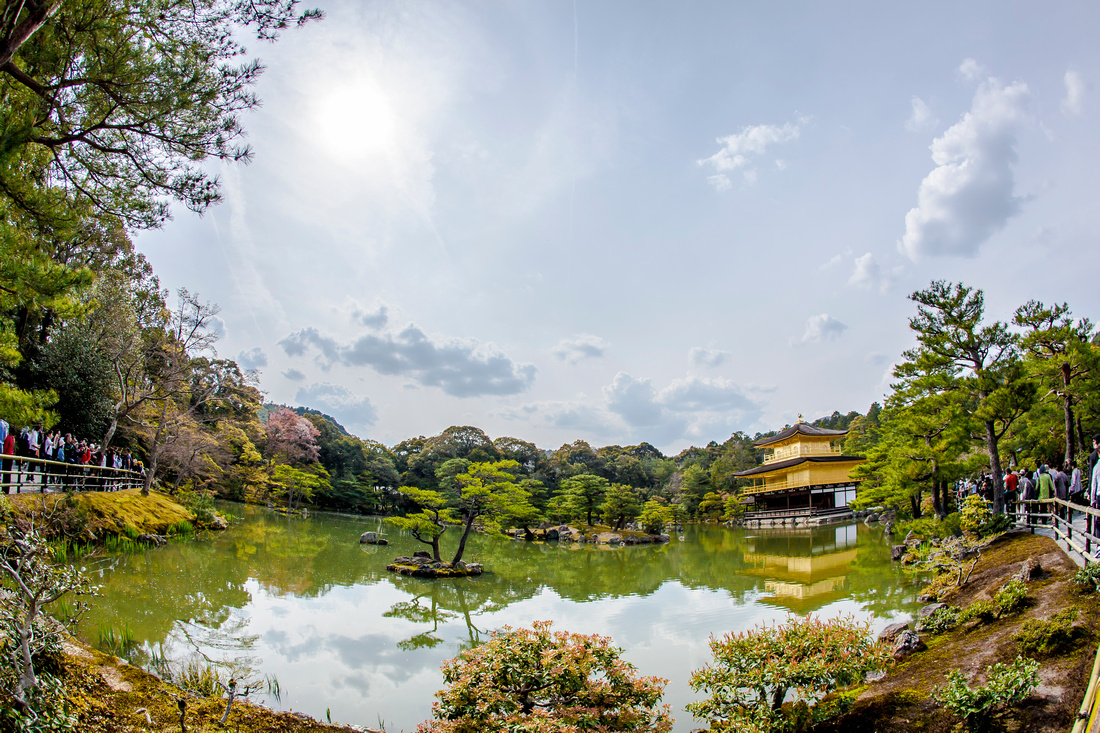

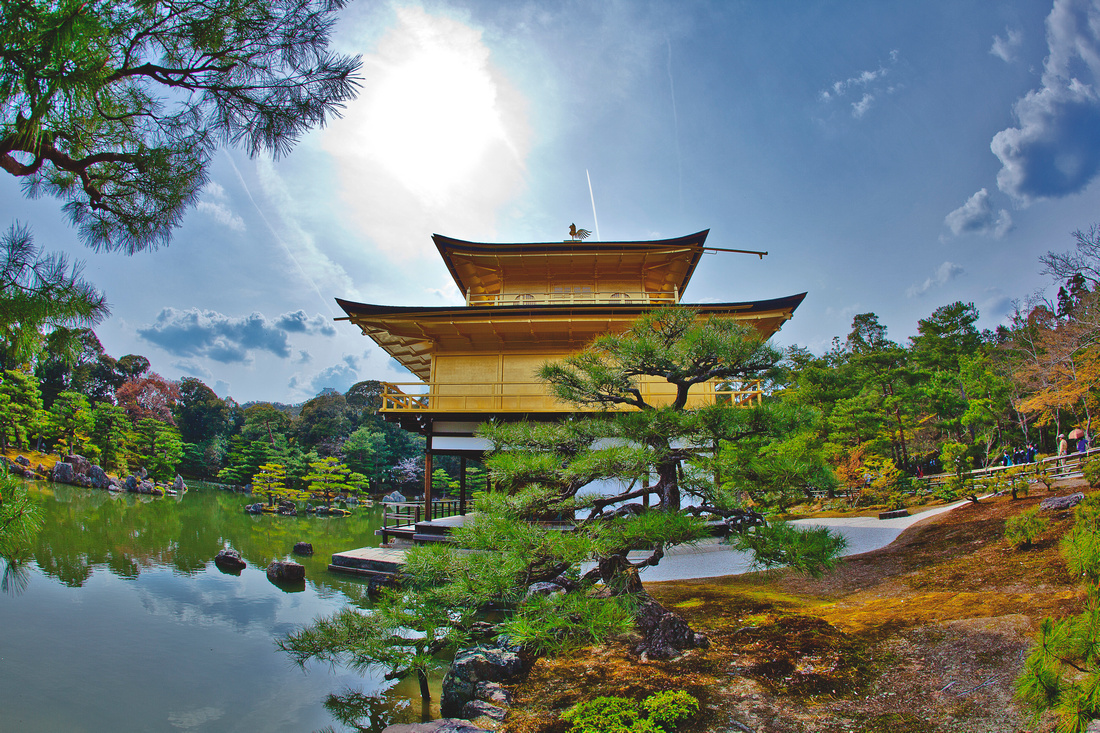

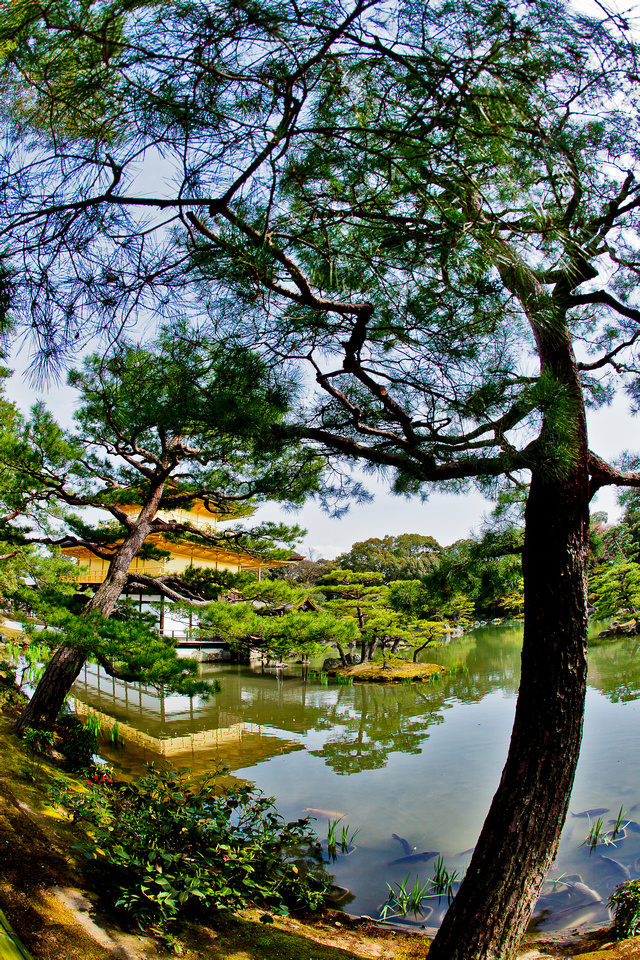

Ryoanji
Meaning Peaceful Dragon Temple is a World Heritage Site. Famously known for its Zen garden which to anyone seeing it first time round, a simple gravel and rock arrangement. But that arrangement is meant to inspire peace and contemplation.
The garden is thought to be dated from the late 1400's. It is one of the most notable examples of the dry-garden style. People say it is the highest expression of Zen art and teachings and perhaps the single if not the greatest masterpiece of Japanese culture. No one knows who laid out this simple garden, or precisely when and that's the allure of this garden. The Zen garden has an arrangement of 15 rocks resting on white gravel, surrounded by low walls. The rocks are placed so that when looking at the garden from any angle, only 14 are visible. In the Buddhist world, the number 15 means 'completeness'. So in essence you must have total view of the garden to make it a meaningful experience, but this is not possible. To most people looking at the garden and the layout of the rocks, its not hardly impressive, even from a technical standpoint but rather its through minimalism that inspires contemplation and introspection and that's the real draw to this Zen rock garden. To really enjoy it, its best to go early in the mornings before the crowds start appearing.
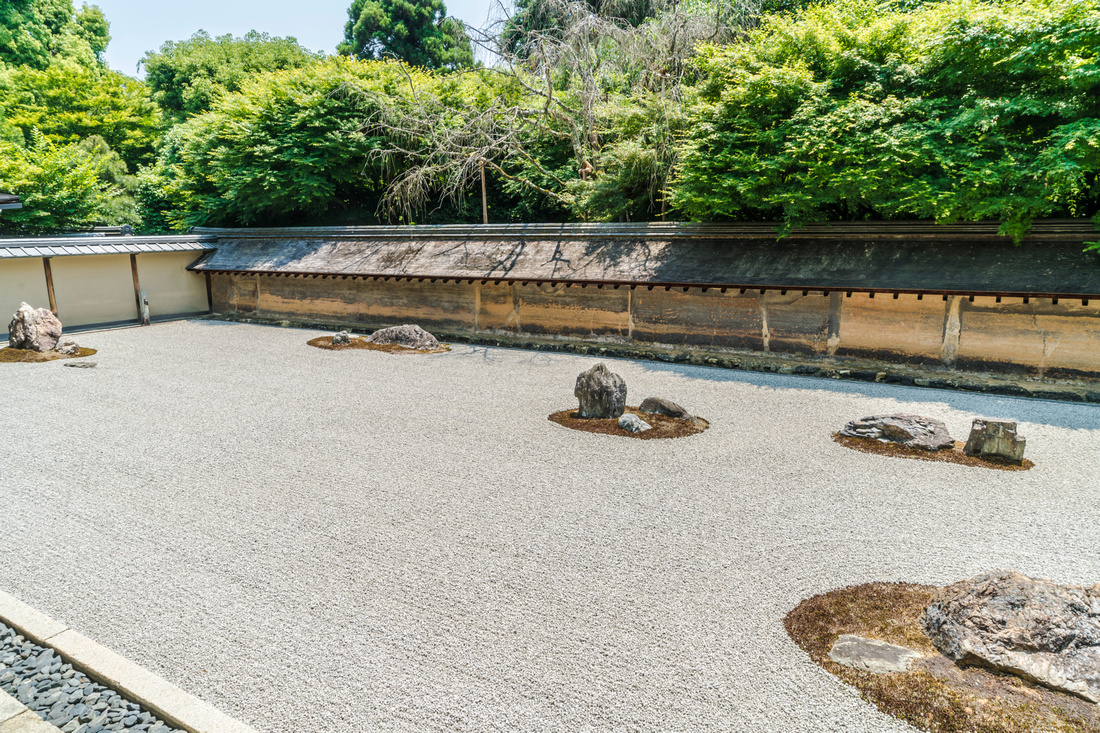

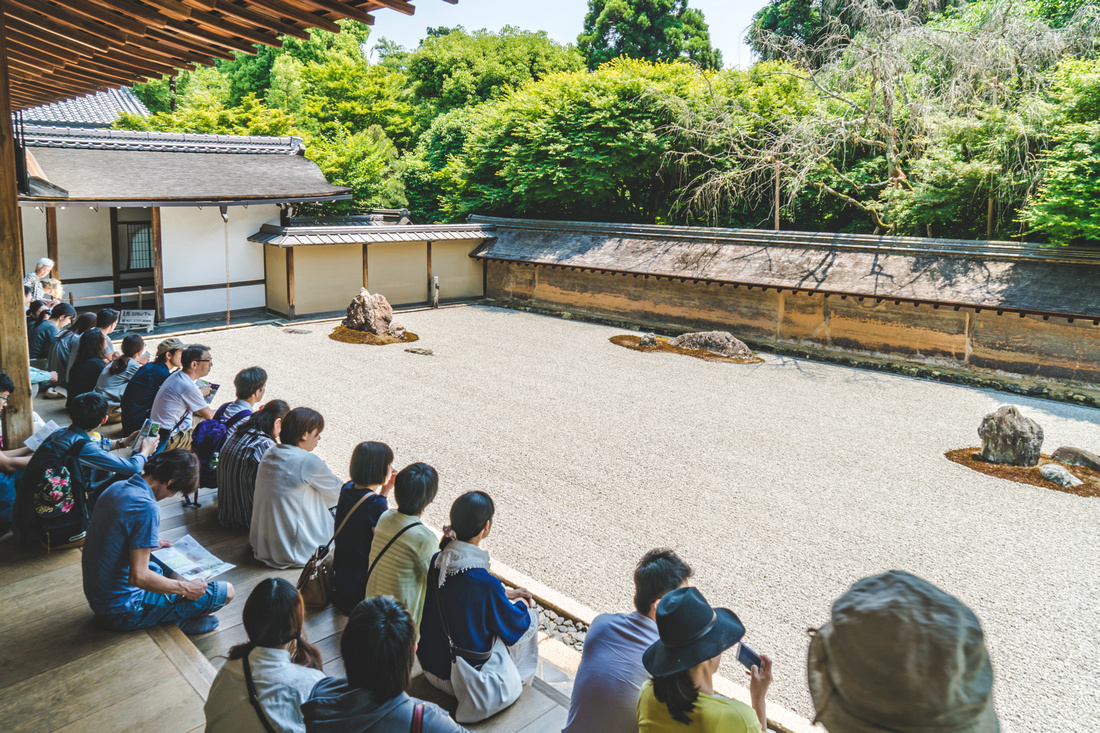





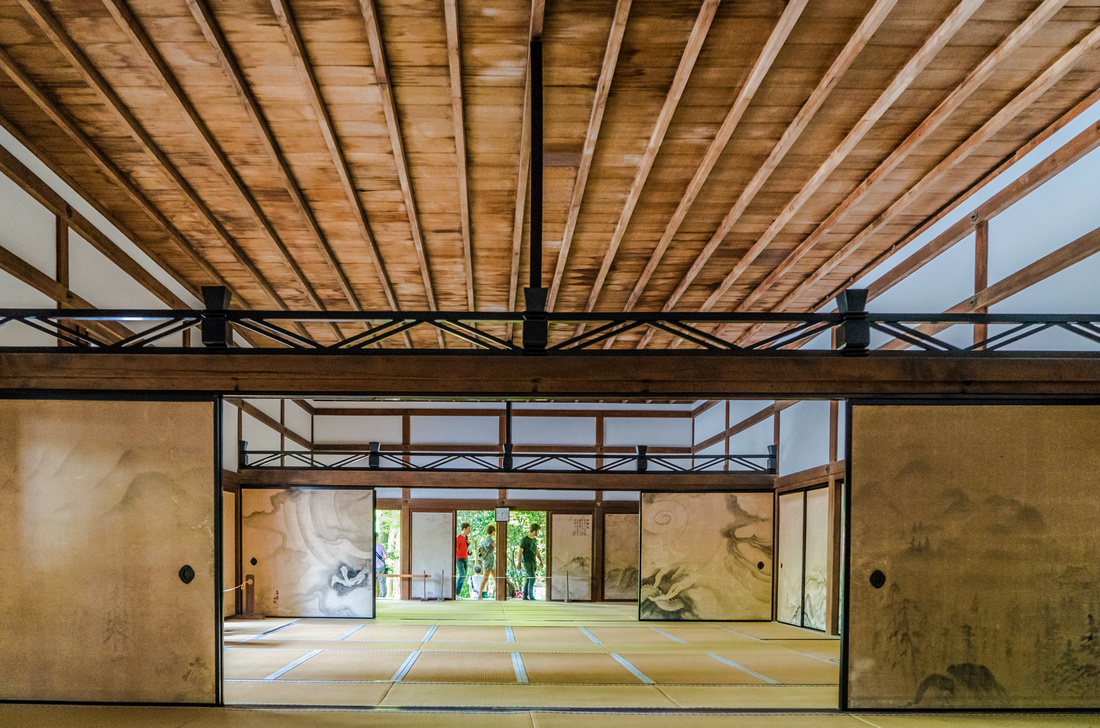

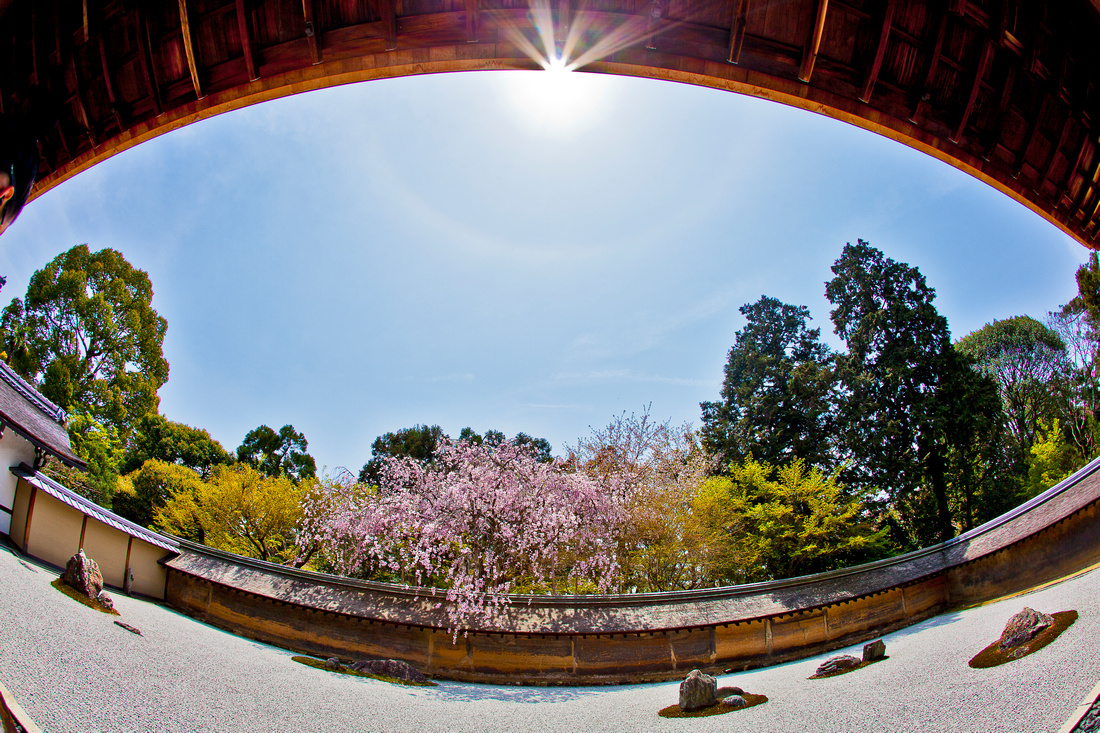

Arashiyama
If its from 1 day or 3 days you have when in Kyoto, going to visit Arashiyama Bamboo Grove is a must! It's one of the most photographed sights in the whole city, you can spend all day here snapping away but that's not what makes it an amazing place to visit. No photo can capture the feeling of standing amongst the bamboo groves. If you can get there early (and I mean early before the droves of visitors that will come after 8am) then you will have the chance to experience something unique and wonderful and that is this sense of otherness unlike that of any other forest you know of. Hearing the wind move through the groves, look up and you'll be enchanted into a dream like state by virtue of you moving from side to side with the motion of the bamboo in the wind. It's best you just see the following photos to get an idea of what I'm talking about!
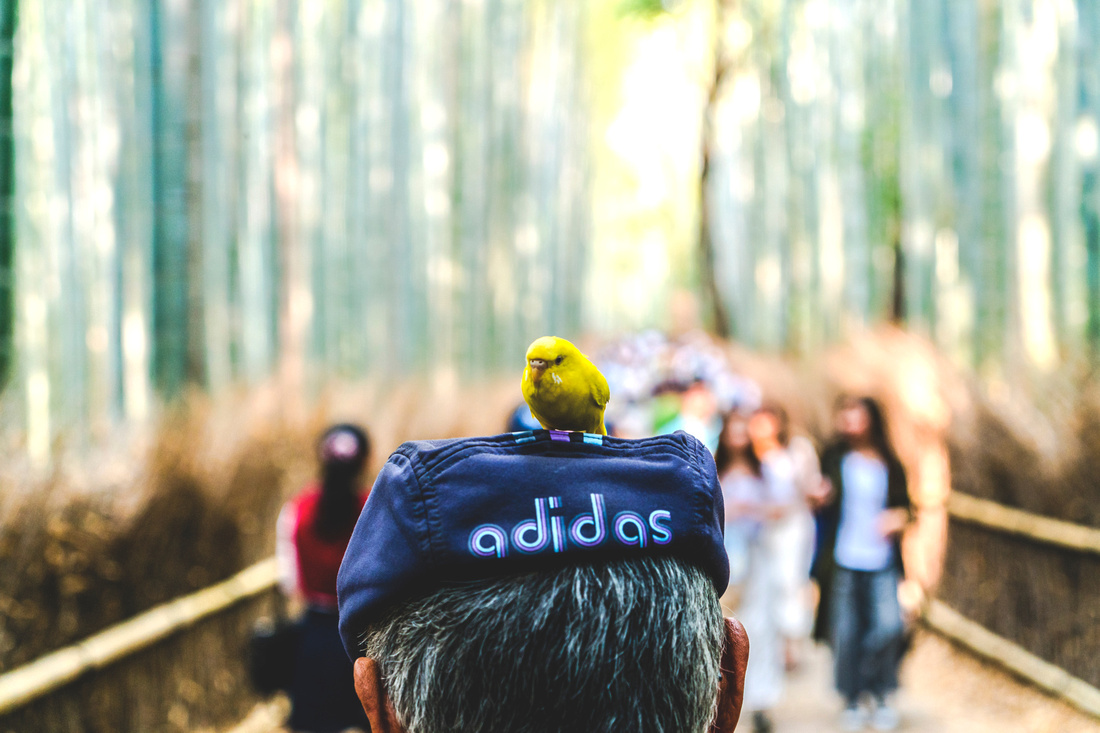



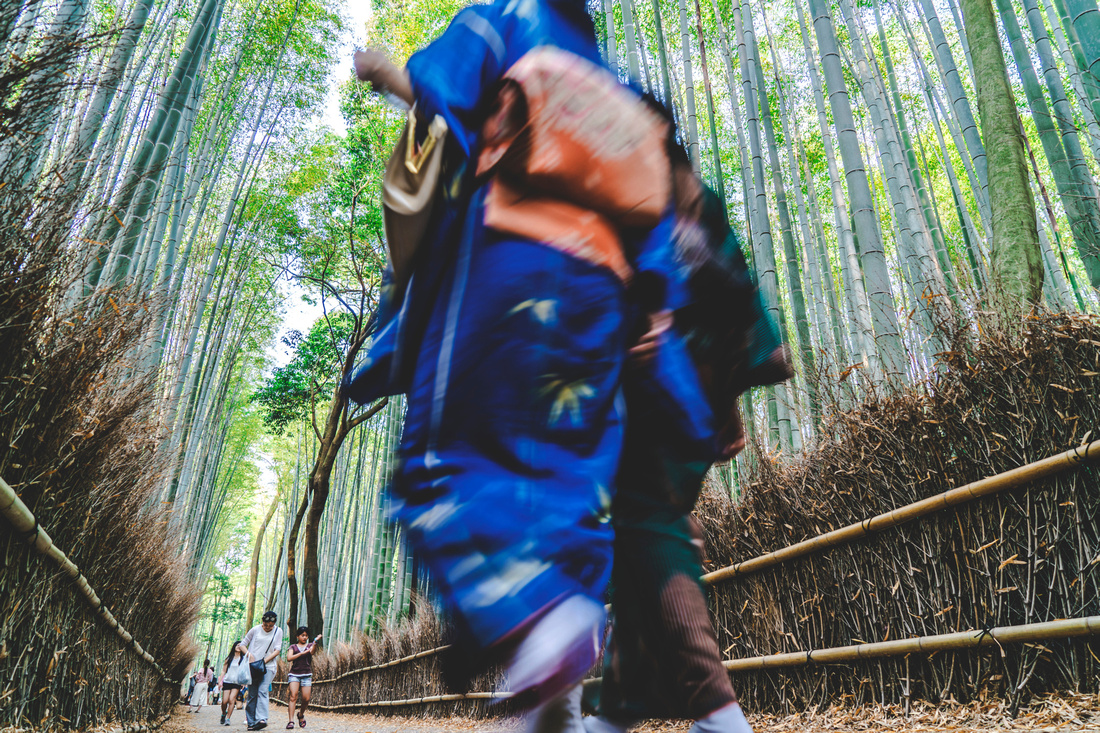

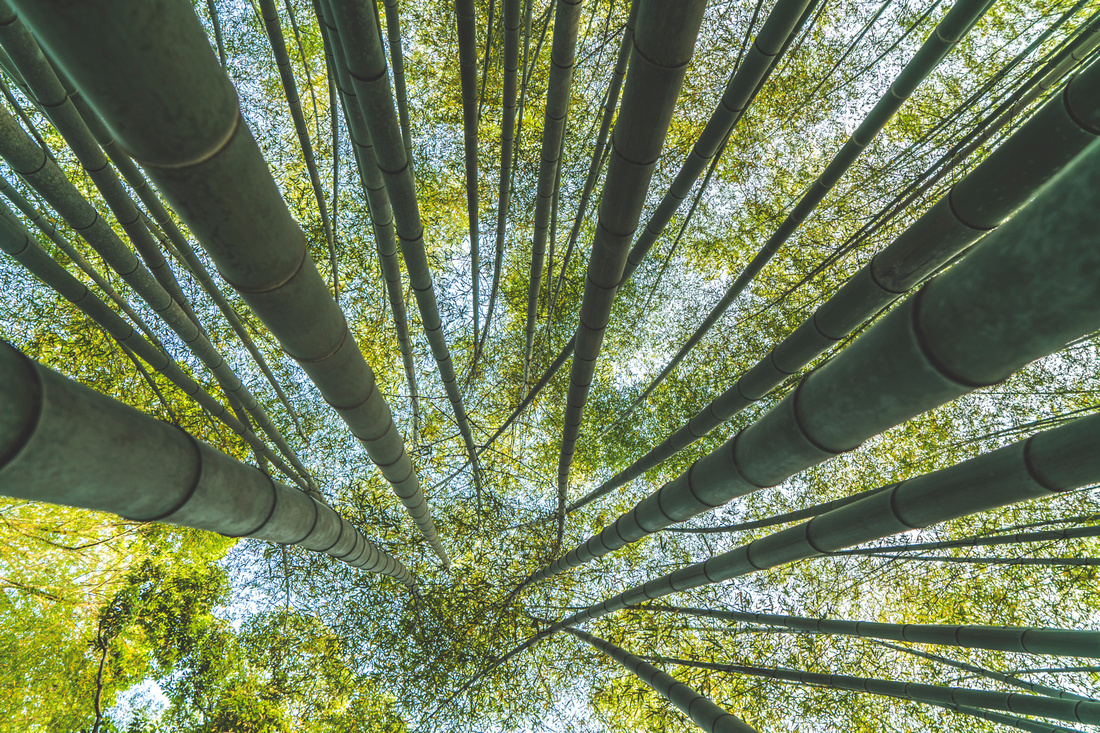

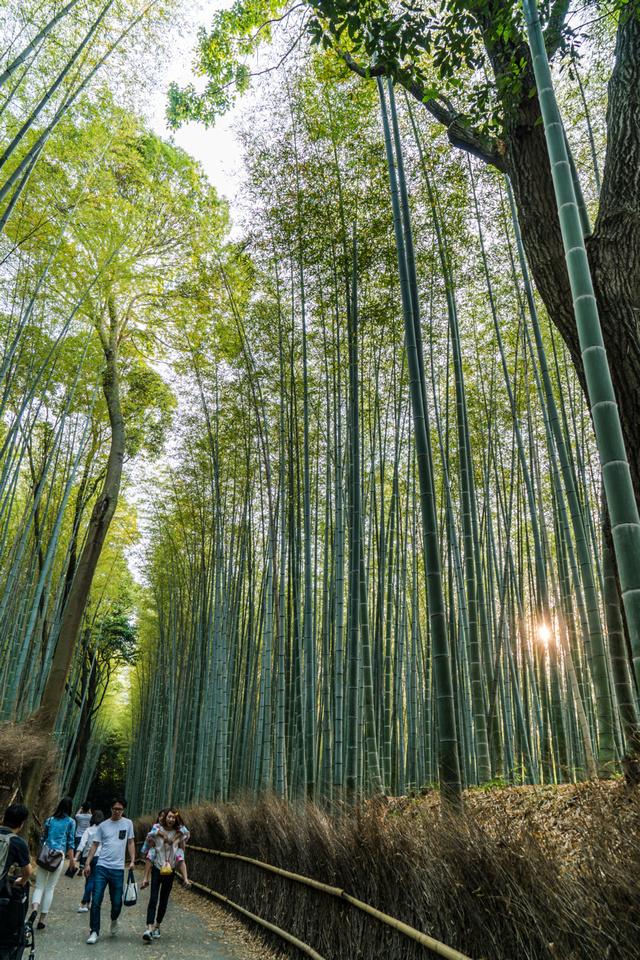

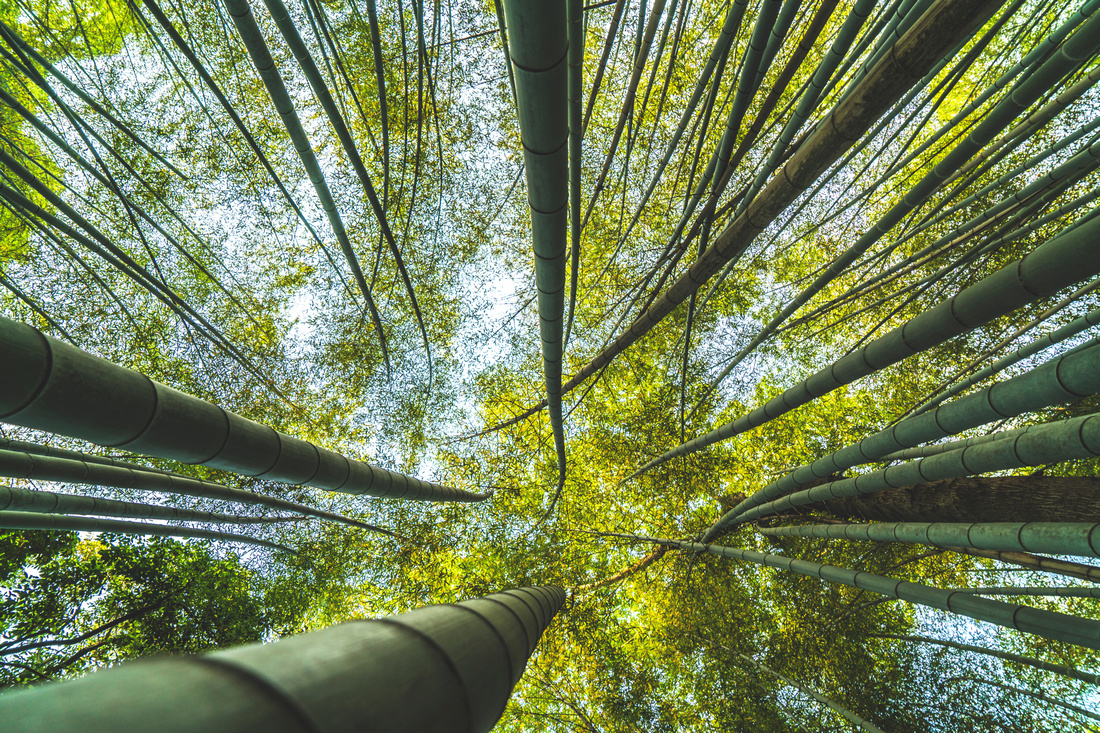

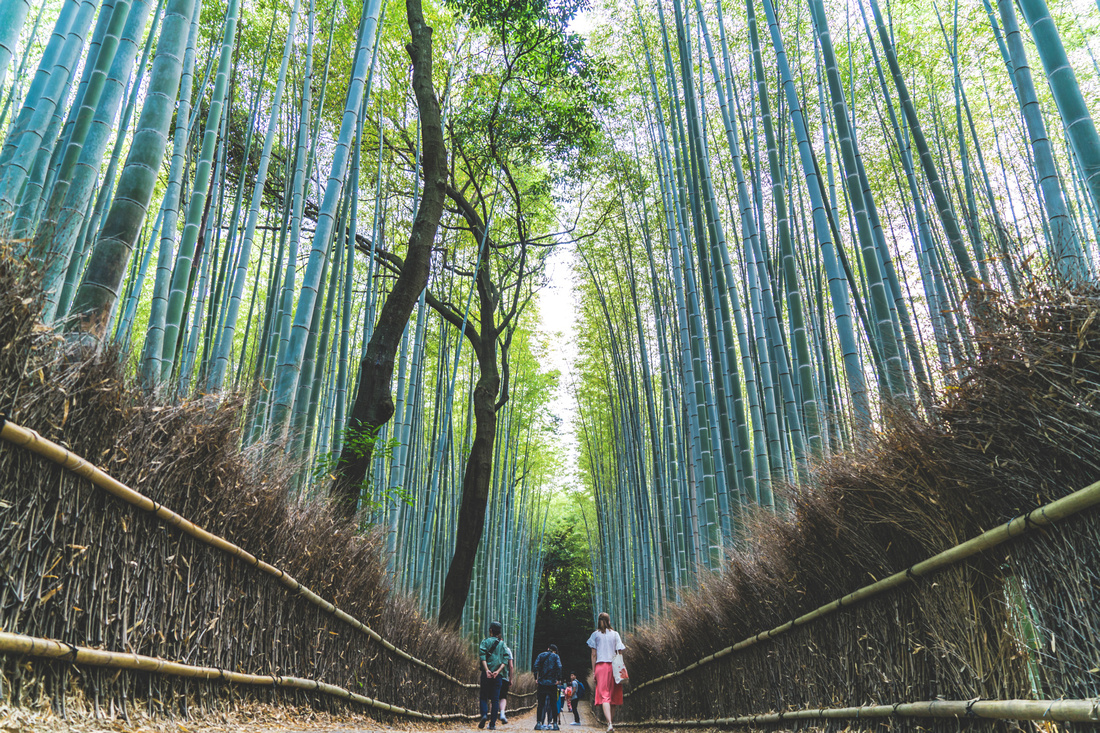

Kiyomizudera Temple
The name Kiyomizudera means 'Pure Water Temple'. When I first visited back in 2005, it blew me away. The wooden stage that juts out from the main hall 13 meters above the hillside is something to see. It's like looking back in time. The stage gives visitors some great views of not just Kyoto but maple and cherry trees below it.
The other outstanding fact I learnt was that the main hall along with the stage was built without the use of nails which houses the temples primary object of worship. That being a small statue of the 11 faced, thousand armed Kannon.
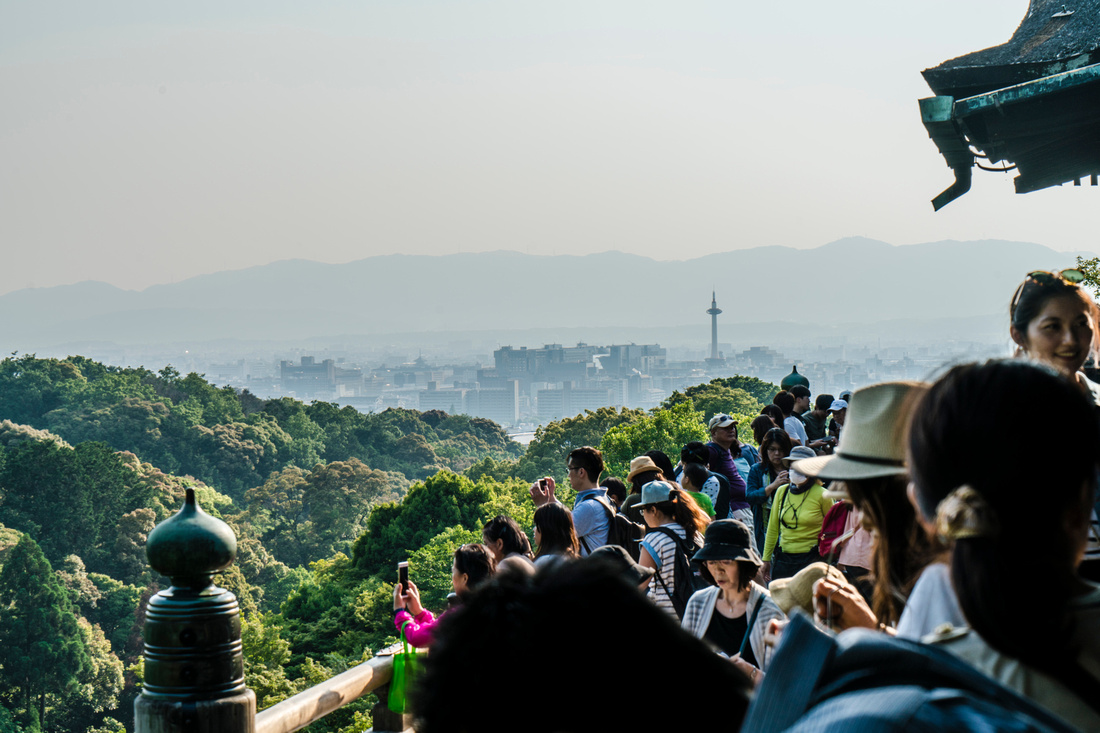

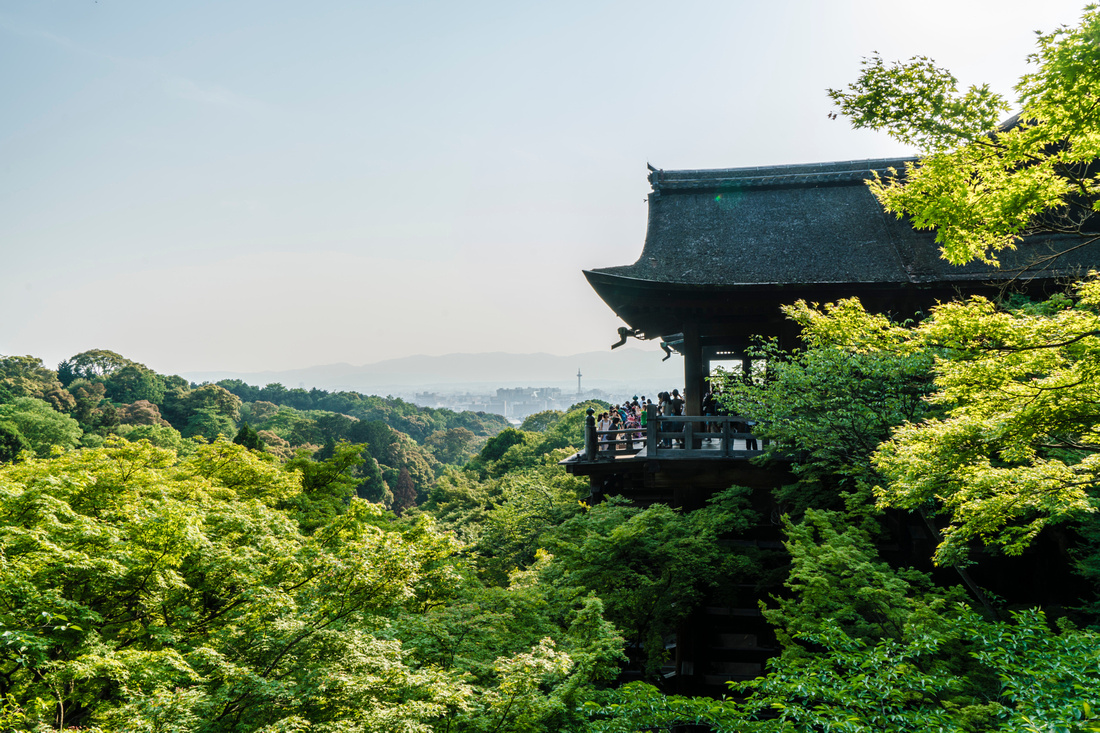

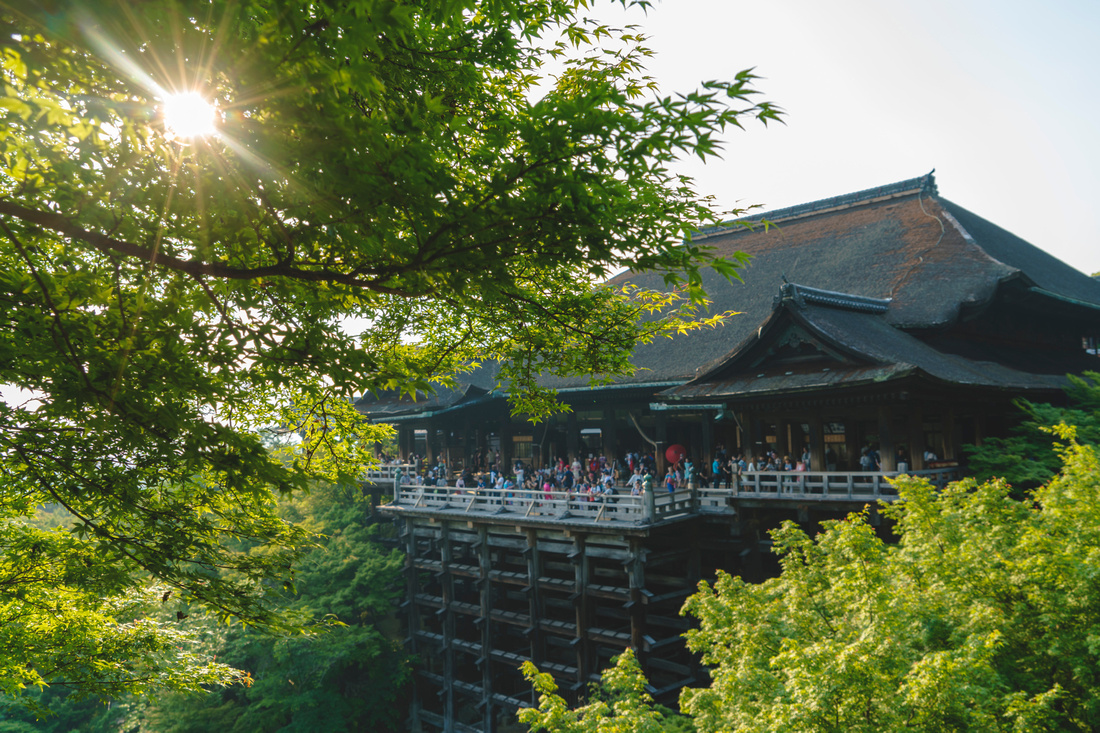

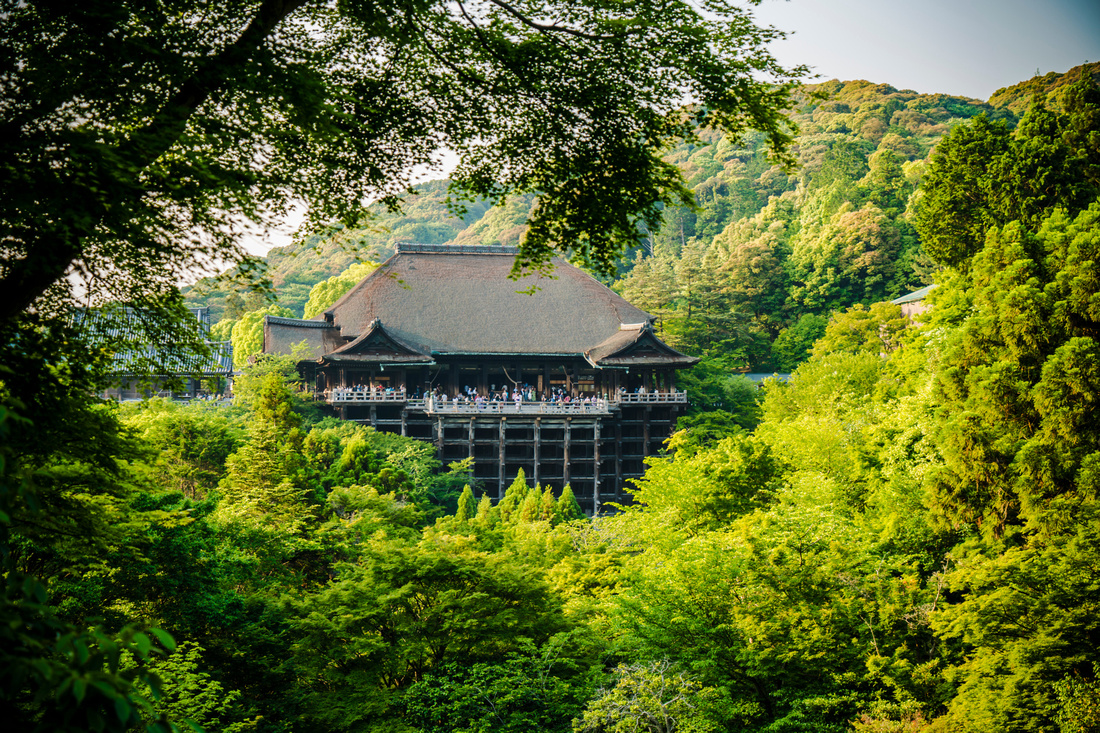

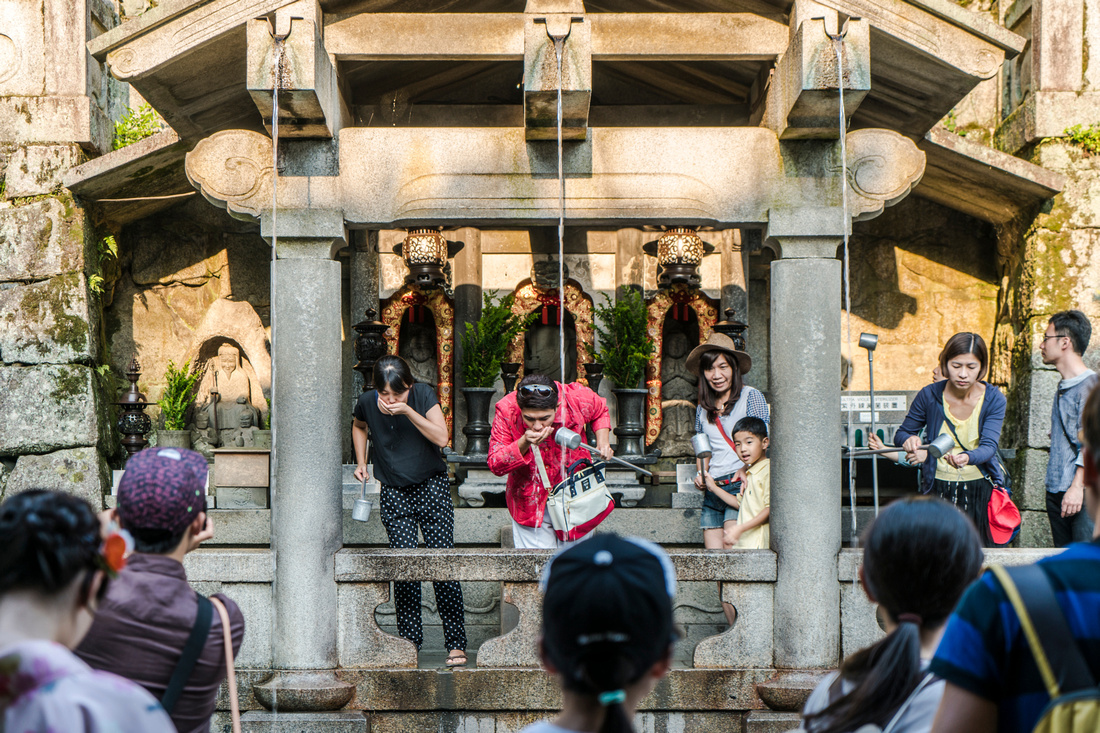

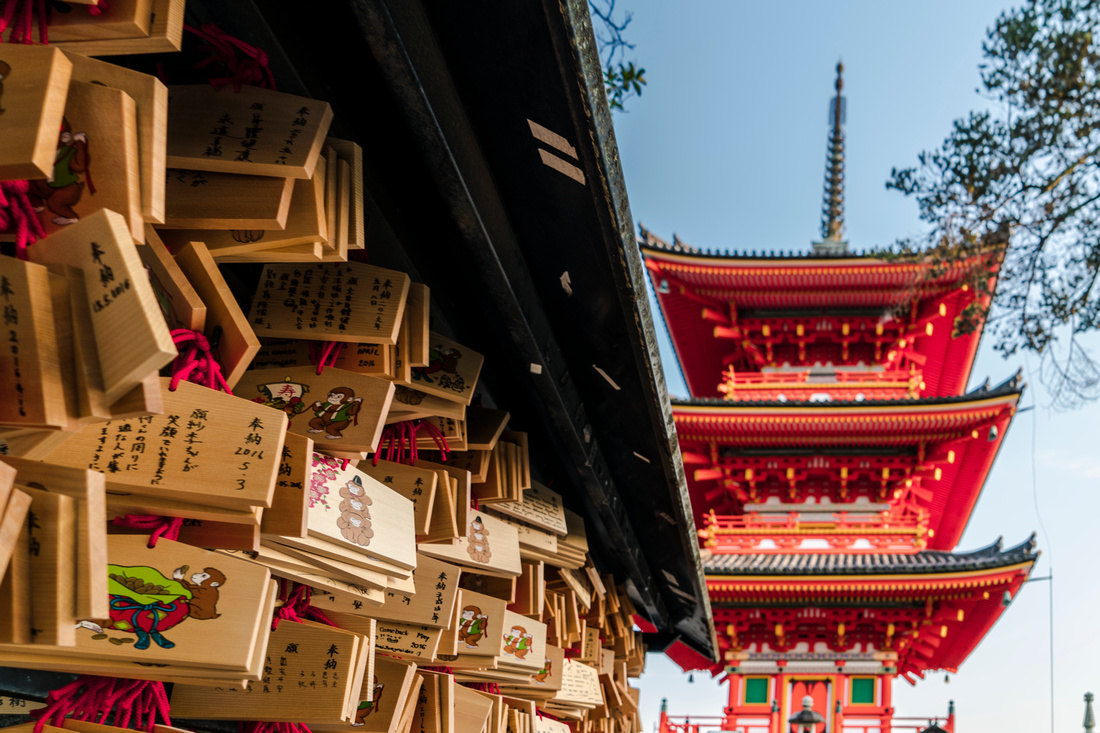

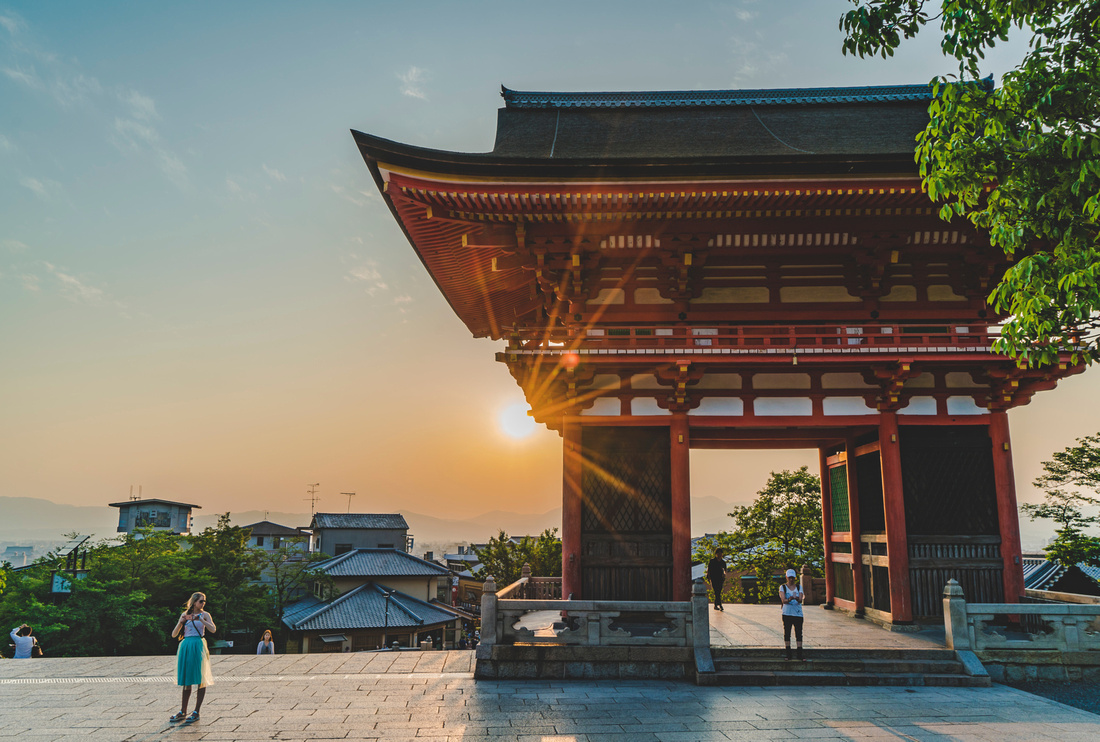

Fushimi Inari-taisha
Famed for its thousands of vermillion torii gates. The gates hedge a network of trails behind the main temple buildings which lead into the forest of the sacred Mount Inari which is roughly 230 meters above the shrine grounds.
Foxes are thought to be Inari's messengers, which gives arise to the many fox statues across the grounds. Whilst the main reason for many tourists to visit the shrine is because of the torii gates and mountain trails, people tend to overlook the shrine building themselves. It's worth walking around the grounds to explore these buildings
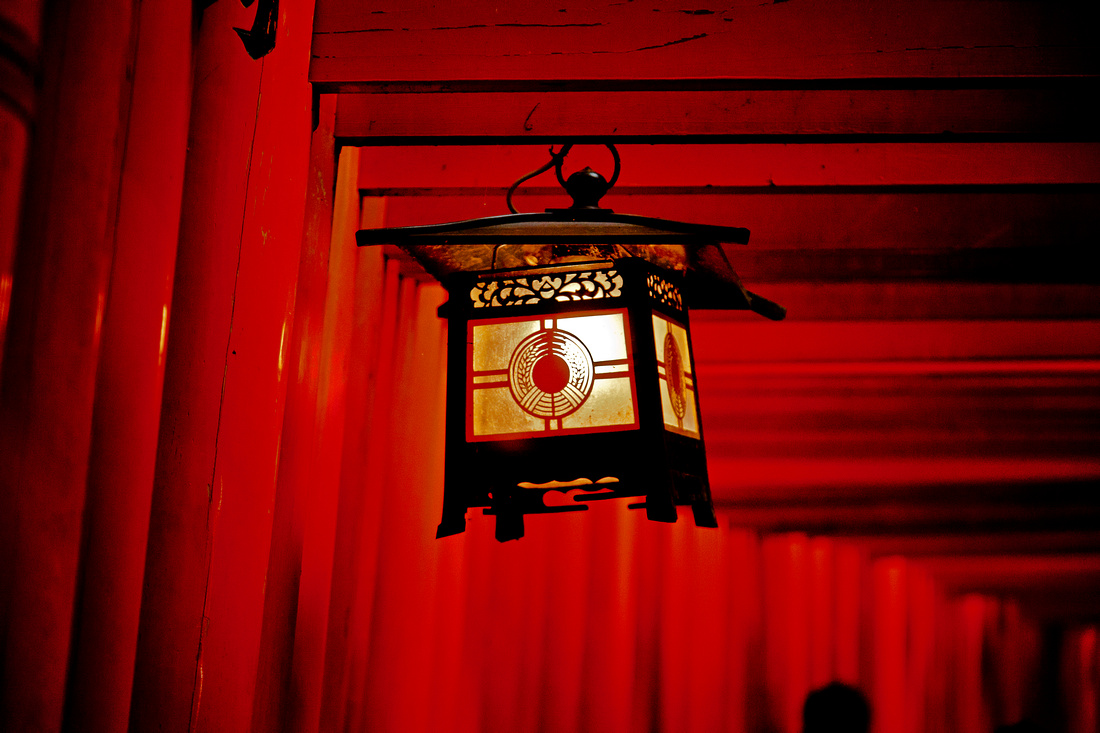



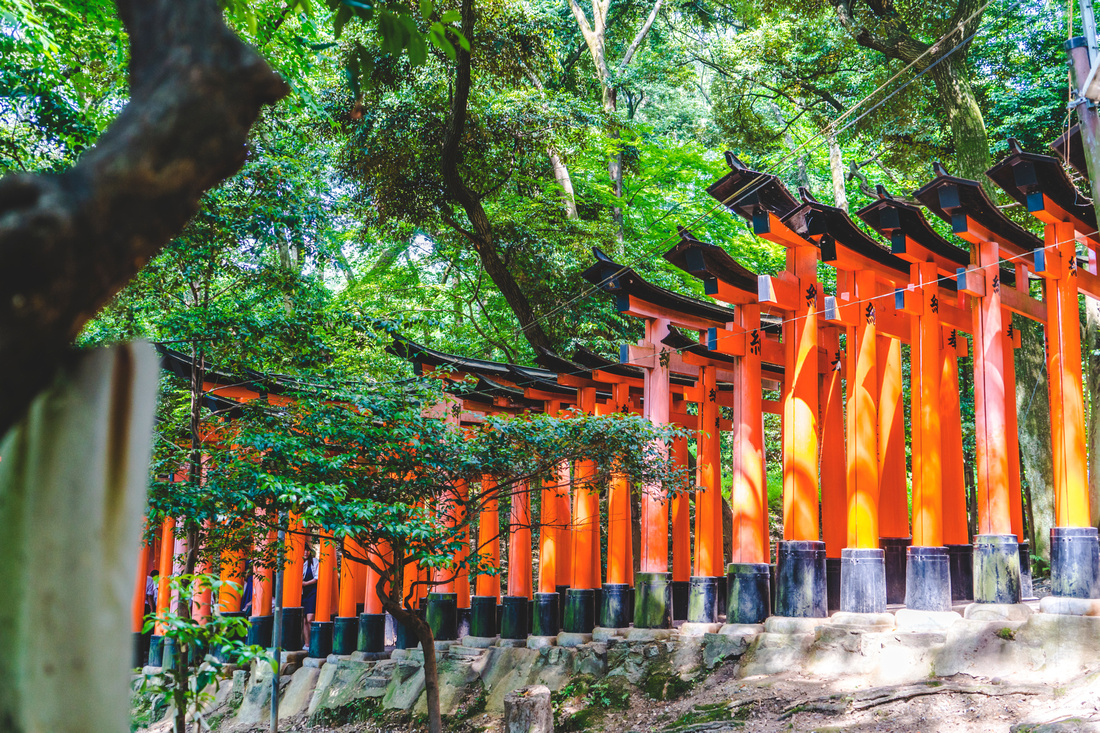

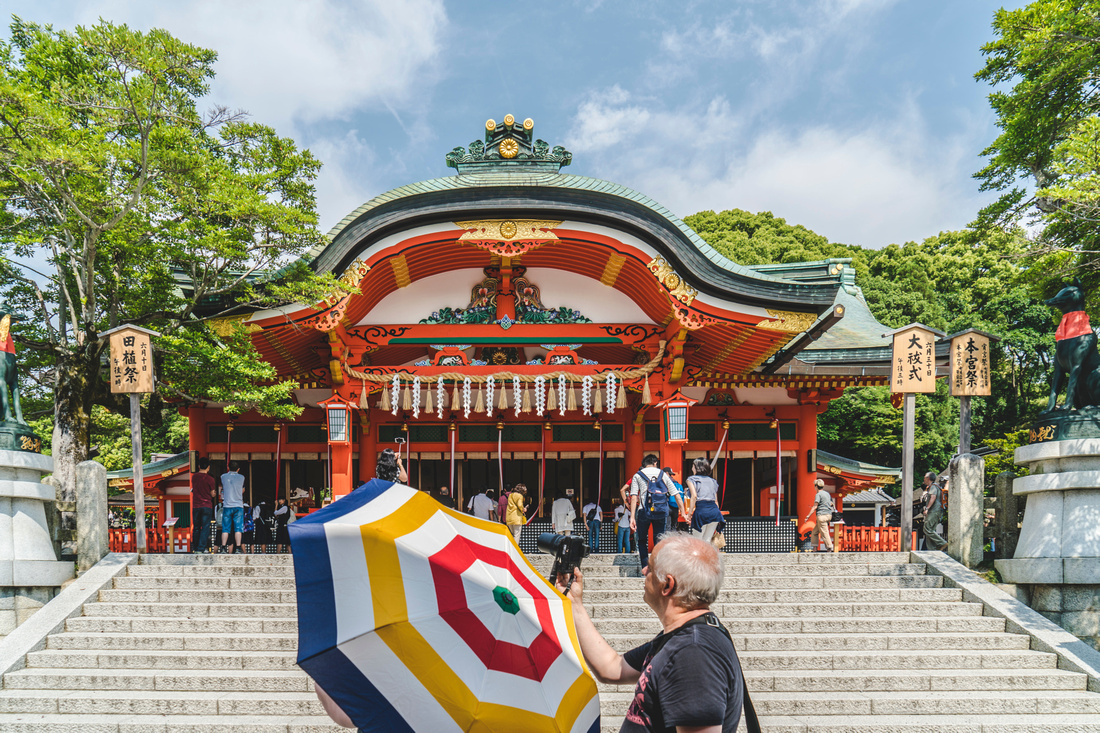

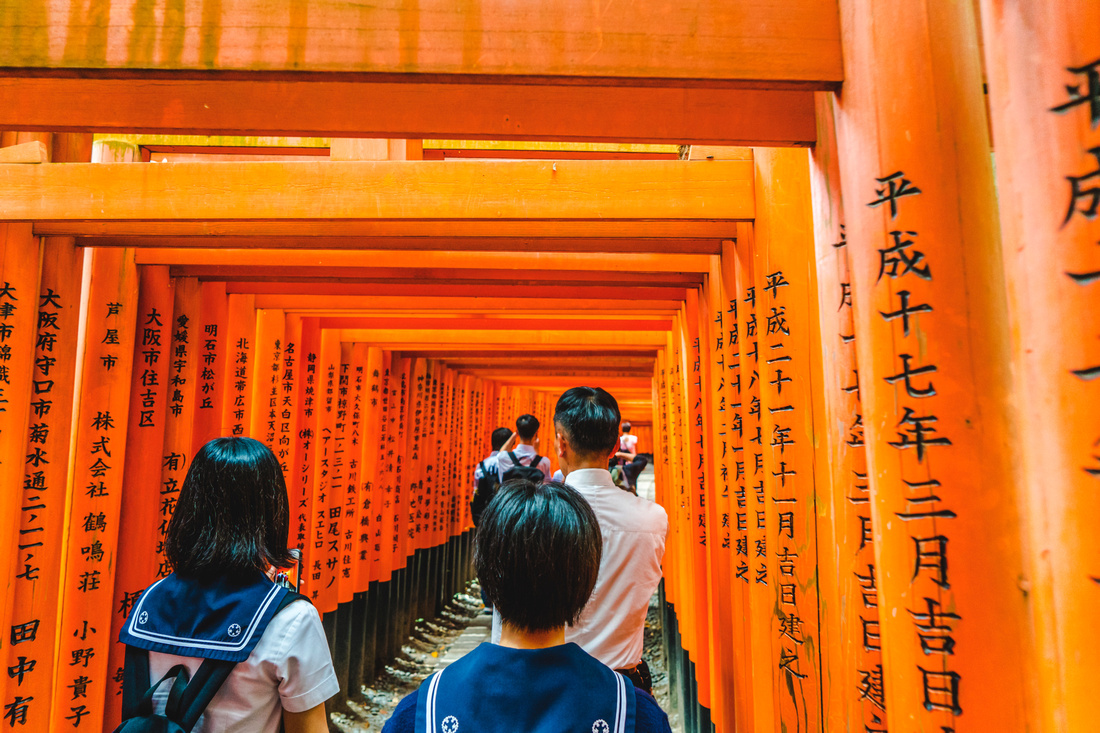

If you have any questions about Kyoto, please get in touch!, also check out my daily vlogs from my time in Kyoto, this will give you a better feel for this amazing city!
Get 25% of my Japan photos using coupon code 'japan25'
Check out my other travel photos
So subscribe to my channel to get updates on my videos and future projects
Connect with me on Facebook , Youtube, Twitter , Instagram , Flickr , 500px and Tumblr
Check out my other blog posts
